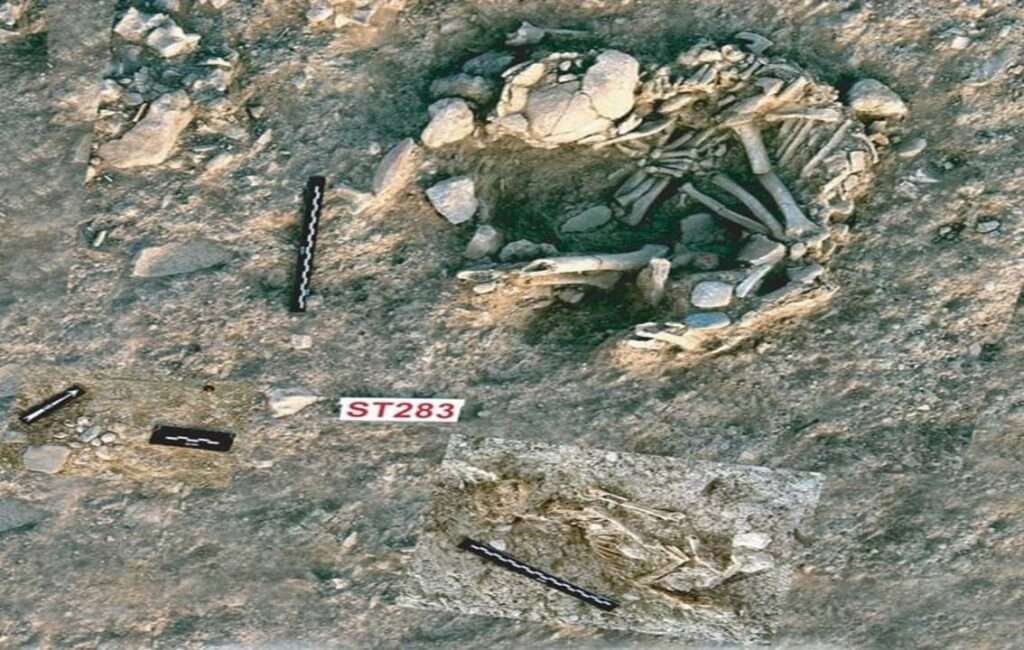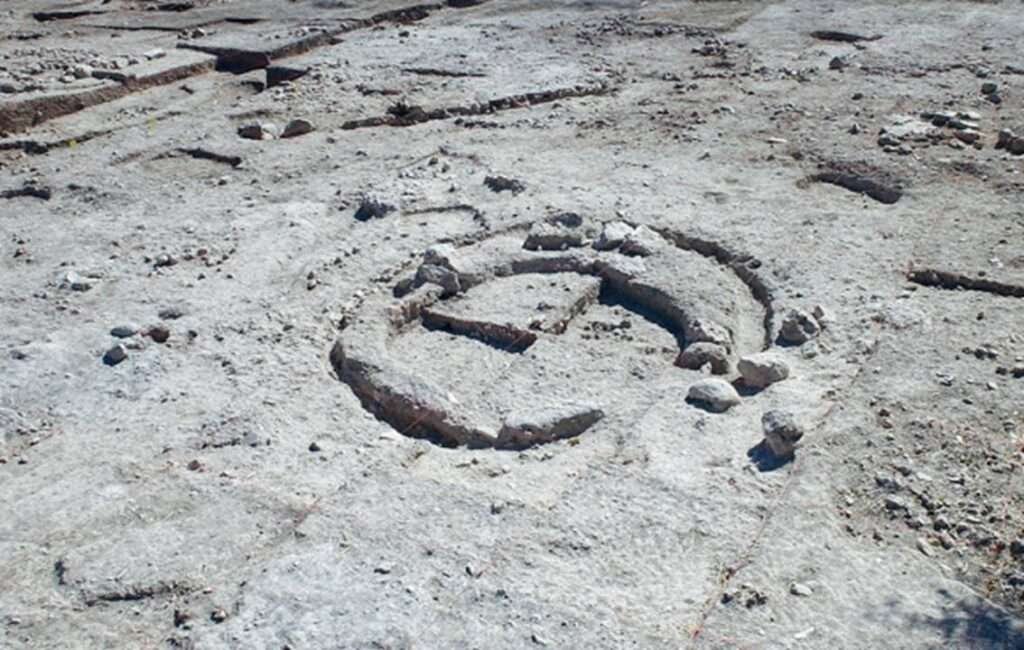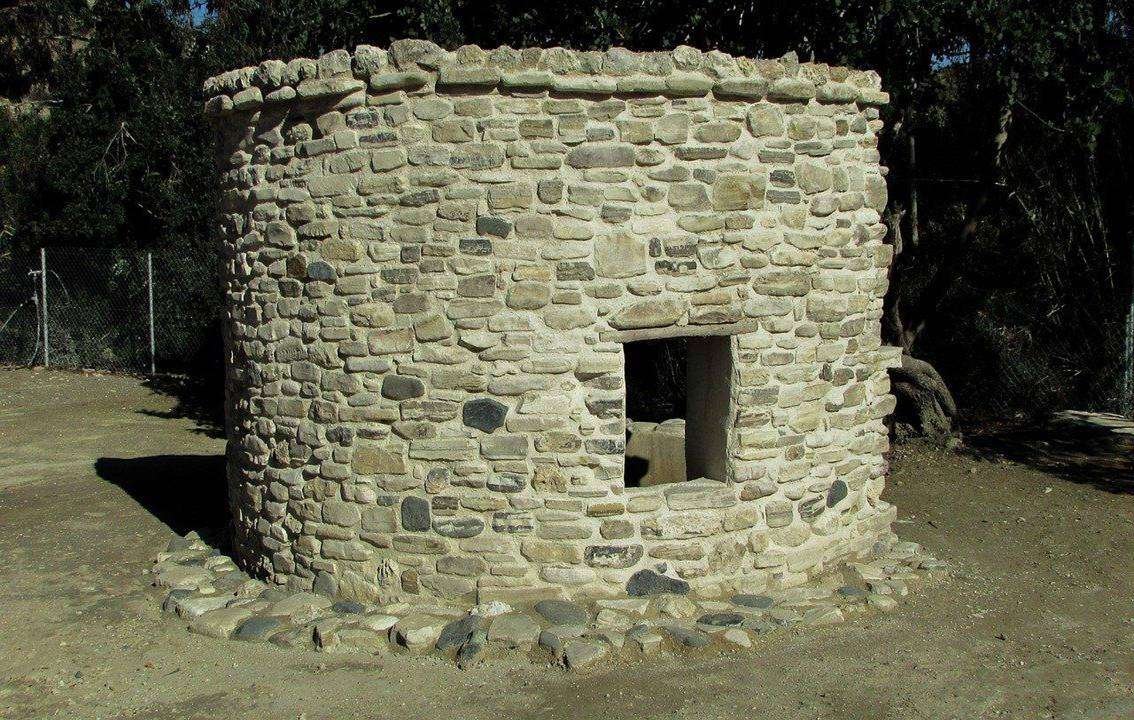AN IMPORTANT NEOLITHIC ARCHAEOLOCIAL SITE IN THE DISTRICT OF LIMASSOL
VALUABLE INSIGHTS
The Neolithic site of Shillourokambos is an important archaeological site that provides valuable insights into early human settlements. Excavations have revealed some ground-breaking facts about the Neolithic era for the first time in Cyprus and include information regarding both agriculture and social organisation at the time. The site, which is thought to have been occupied from the end of the 9th Century BC onwards, sits on a low plateau near the village of Parekklisia within the district of Limassol.
VALUABLE INSIGHTS
First excavated after its discovery in 1992, the site immediately revealed new information that had a profound historical impact. The site attests to the presence of cattle, which is thought to be a rarity in Neolithic societies. Another intriguing revelation is the indication of early animal domestication. This is supported b the fact that the site has also revealed several dog, sheep, goat, and pig bones. The bones of fox and Persian fallow deer are also present, but the early Neolithic inhabitants probably hunted these animals.
A REVOLUTIONARY DISCOVERY
Until recently, the oldest known domestication of the humble cat was attributed exclusively to Ancient Egypt, where it was considered a cult animal. Evidence of this is supported by several depictions of house cats in ancient Egypt from around 3,600 years ago. This has directly led historians to consider that Ancient Egypt was the earliest known place of cat domestication A revolutionary discovery at Shillourokampos, however, have led to a change in the historical context of this.
THE OLDEST KNOWN CAT GRAVE
The remains of a cat buried with a human at a 9,500-year-old grave at Shillourokampos has changed both the Neolithic and Cypriot historical narratives. This has also pushed back the earliest known feline-human association significantly, far preceding Ancient Egypt. Shillourokampos now represents the oldest known evidence of human domestication of cats, and together with some new genetic evidence, it places the domestication of the cat in a completely different context.
SOME UNIQUE CHARACTERISTICS
The site’s architecture is characterised by circular wattle and daub structures. These date from between the 9th and 8th centuries BC. Although comparable to those at Kastros and Choirokitia, these structures also include unique postholes cut into the bedrock along with rigid circular stone houses. There is also evidence of some deep pits that may have served as wells.
EARLY SYMBOLIC & CULTURAL PRACTICES
Other artefacts that include pottery and figurines found at the site show early symbolic and cultural practices. Several blades of Anatolian obsidian have also been unearthed. Although this points to advanced trade connections with the Middle East, imported obsidian of this age is rare in Cyprus. In addition to this, blades of this nature are usually made from a single robust blade. The blades, however, found at this site, are made of multiple parts that include projectile points made of bipolar blades, which again is very rare.
THE TRANSITION FROM HUNTER-GATHERER SOCIETIES
The various archaeological excavations have revealed complex architectural structures, storage facilities, and an array of artefacts, indicating a relatively advanced and organised community for its time. This site has also helped researchers understand the transition from hunter-gatherer societies to settled farming communities. The site also offers a range of insights into early Mediterranean agriculture and animal domestication.
KEY FACTS
Location: South Eastern Cyprus
Significance: This site is currently one of the most well-preserved and extensive Neolithic sites on the island.
Findings: The site has yielded dwellings, pottery, tools, and evidence of early farming practices.
Settlement features: The site includes multi-room houses with evidence of domestic activities, as well as communal areas.




